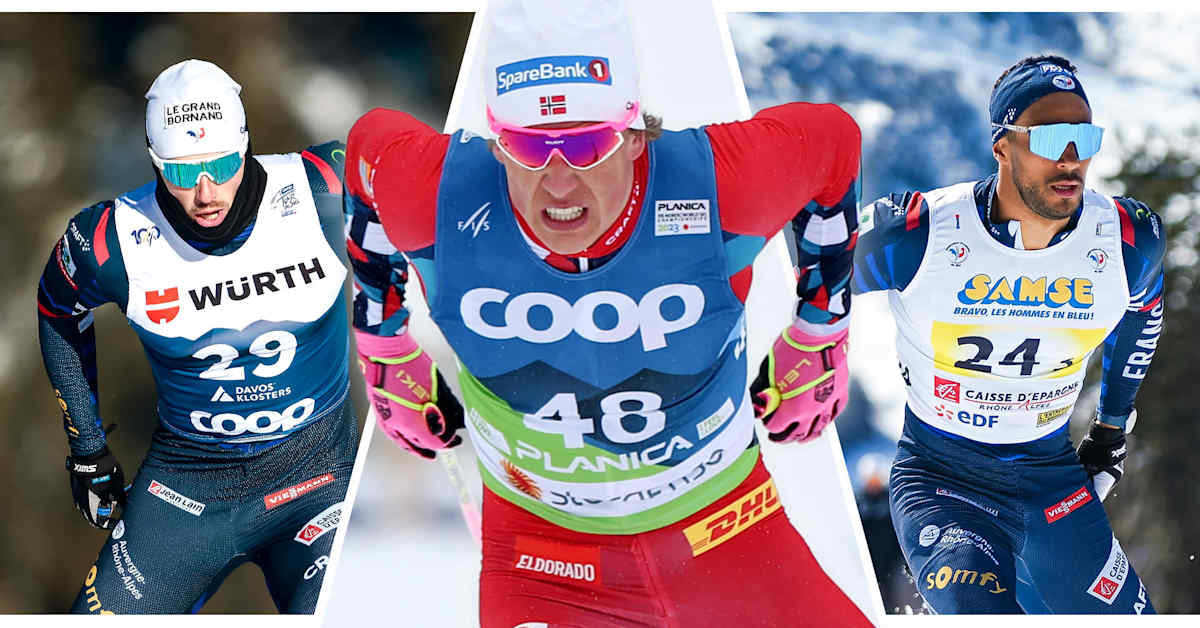
Reasons Behind Johannes Kläbo's Supreme Dominance – One Formula to Beat the Sprint King
Originally published in Yle on February 25, 2025
Johannes Kläbo has been the dominant force in World Cup sprint races for nearly seven years, consistently finishing first in a discipline where rivals often falter. In races, Kläbo is known to surge in the final uphill stretch or break away on the downhill section, winning by a wide margin—a performance that has become a familiar image for fans of cross‐country skiing.
Since 2019, the Norwegian has started in 52 individual sprint events, winning 46 of them. His win percentage is nearly 90%, and since the 2018 Winter Olympics he has also claimed every major championship sprint race. The significance of such victories is magnified by the inherently sensitive nature of sprint skiing.
Superhero’s Weak Spot
Despite his remarkable record, there are certain sprint tracks where Kläbo’s advantages are less pronounced. Experts question why he never seems to stumble or tire like other sprinters. It appears that Kläbo might even possess superhuman qualities that set him apart.
Norwegian World Cup sprint races are a domain in which Kläbo—28 years old—almost always triumphs. When asked why he avoids the pitfalls (or even crashes) that commonly befall other athletes before the finish, experts like Finland’s national team coach Teemu Pasanen and former sprint specialist Kalle Lassila explained the secrets behind Kläbo’s success.
Planet’s Fastest
Kläbo’s superiority stems from several outstanding traits. He is remarkably resilient and can even win on normal-distance courses, while his remarkable acceleration means he is capable of generating maximum speed with just a few powerful strokes. Unlike his rivals, who can begin to falter during the final stages, Kläbo often unleashes his full power only in the final sprint, catching his competitors unaware.
Lassila emphasizes that Kläbo’s combination of raw speed and the world’s best acceleration provides him with an unrivaled tactical advantage. His ability to observe the competition during intermediate rounds and then simply pull away in the final phase speaks volumes about his power production and distinctive technique.
Like an F1 Car in Rush Hour
Sprint races in cross-country skiing are known for close quarters and frequent crashes, as athletes are crowded together at high speeds. Yet Kläbo almost always emerges unscathed at the finish line. He manages to avoid collisions through his excellent situational awareness—he often does not even need to force overtaking maneuvers by entering tight spaces.
Kläbo’s record includes only one particularly poor World Cup sprint finish—an 11th place from Lillehammer in 2018—which clearly stands out as an anomaly rather than a reflection of his true ability.
A Unique Training Background
An often overlooked component of Kläbo’s success is his exceptional ski-handling skills, honed from a young age. He practiced skiing technique so intensively that it is said he once went down a slope in the opposite direction, a testament to his experimental spirit as a junior athlete. His technical prowess in tight downhill turns and curves is not always evident on TV but plays a crucial role when the race demands maximum control.
Coach Pasanen points out that while race tactics are typically discussed among sprinters before a competition, Kläbo seems largely unaffected by tactical maneuvering. He simply wins, seemingly by default.
A video clip in the article shows Kläbo using his superior ski-handling skills to outmaneuver French rival Lucas Chanavat and secure victory.
Kläbo’s Vulnerability
Nevertheless, there are certain sprint tracks that do not allow Kläbo to utilize his full range of strengths. Tracks with a long finish or a significant uphill section before the finish can expose a weakness in his otherwise exceptional technique. For instance, on courses in Les Rousses, Ruka, and Livigno, where the final straight is preceded by challenging terrain, even a powerhouse like Kläbo can be challenged.
In these situations, athletes with exceptional raw power—such as the Frenchman Richard Jouve—have managed to beat him on rare occasions. Both Pasanen and Lassila explain that when the race depends solely on brute force rather than technical finesse, Kläbo’s advantages diminish.
Dominance in Trondheim
At the World Championships in Trondheim, however, Kläbo is in his element. The sprint track in his hometown is perfectly tailored to his strengths, featuring a long descent and a tight curve that plays to his technical skills. His familiarity with the track makes him the overwhelming favorite; as coach Pasanen notes, it would take nothing short of a major mistake on Kläbo’s part for him to lose.
Overall, the article provides an in-depth look at why Johannes Kläbo is considered the sprint king of cross-country skiing, examining both his unique strengths and the conditions under which he might be vulnerable.
See Also
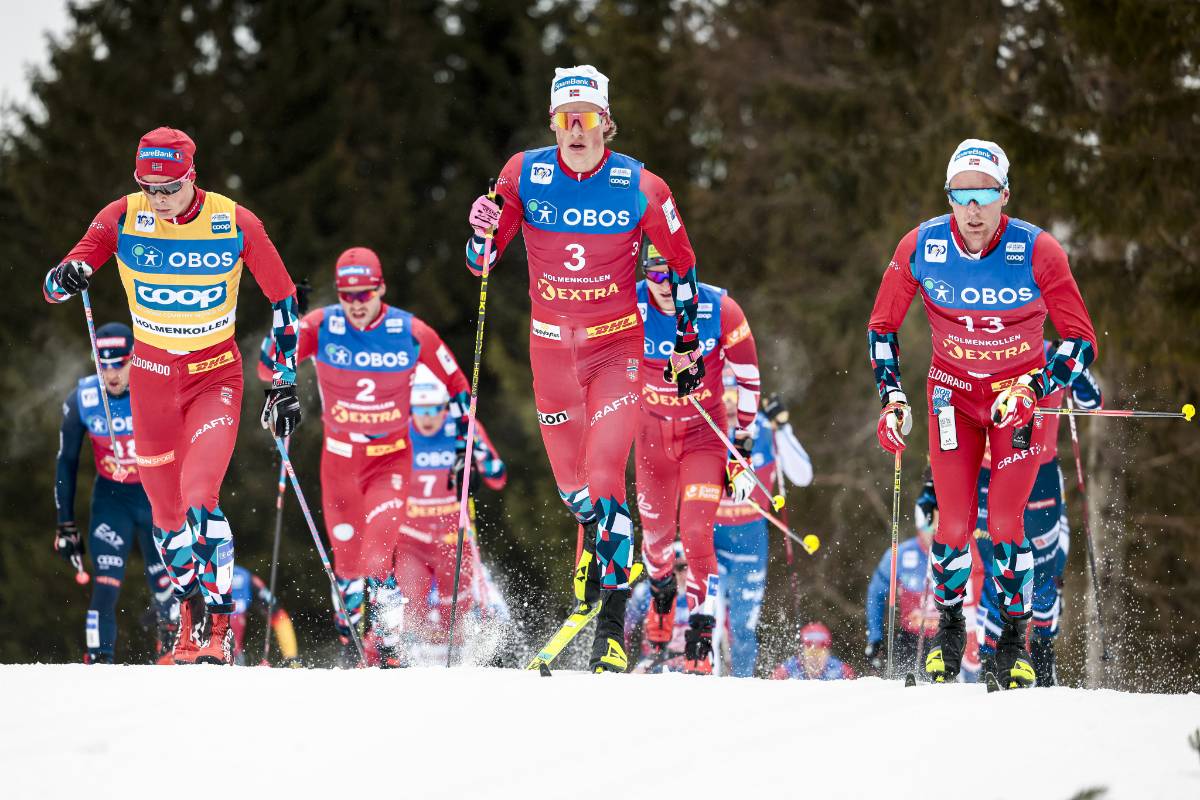
Men’s Cross-Country World Cup Preview: Klaebo again the one to beat as history beckons
November 28, 2024 / FIS
Klæbo dominates with a show of strength: – Class difference
November 30, 2024 / Eurosport

Johannes Klaebo Dominates the Sprint at Val di Fiemme
January 03, 2025 / L'Équipe
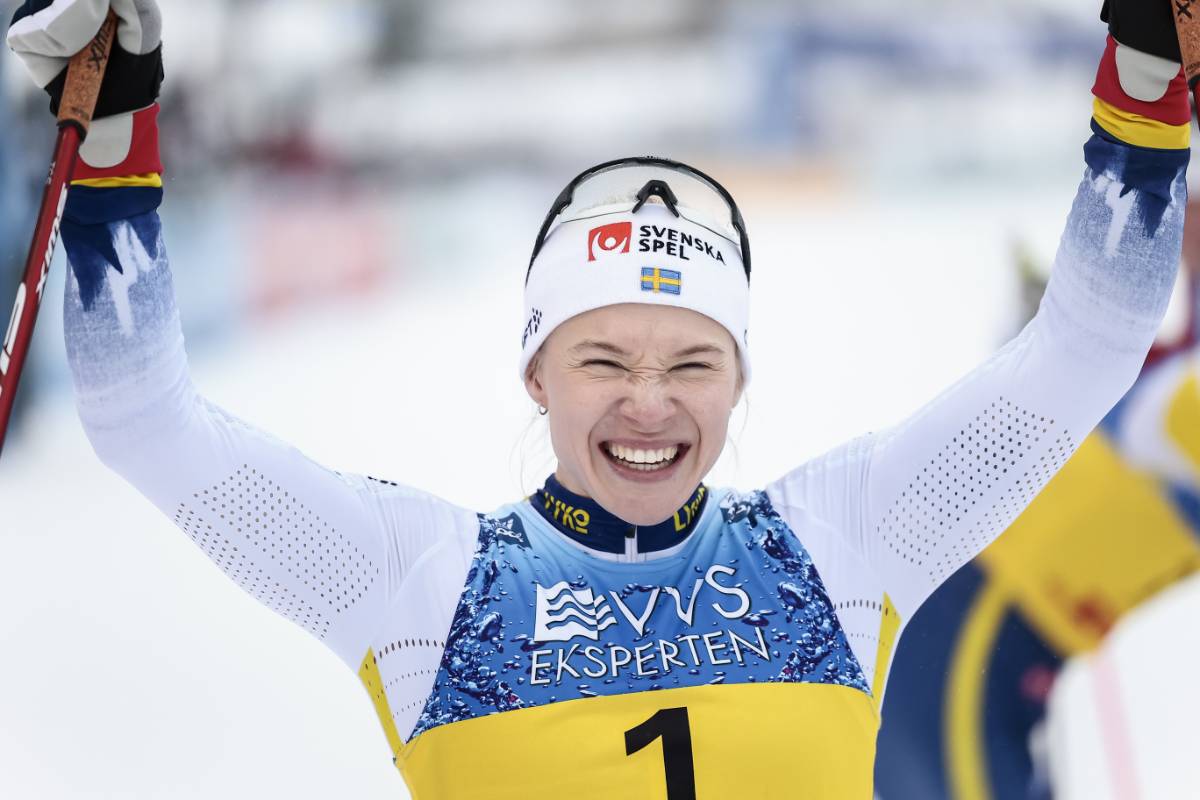
Sprint stars Sundling (SWE) and Klaebo (NOR) dominate in Lillehammer
December 07, 2024 / FIS
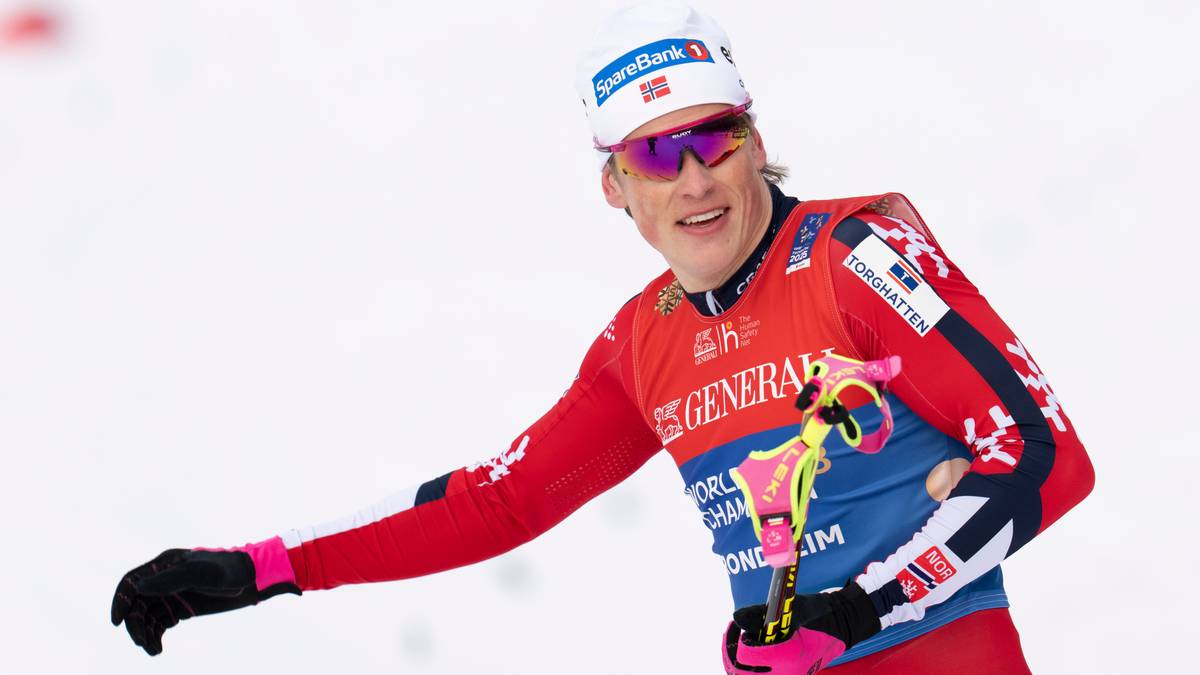
Klæbo Dominates with 10th World Championship Gold: 'I Could Die Happy Now'
February 27, 2025 / NRK
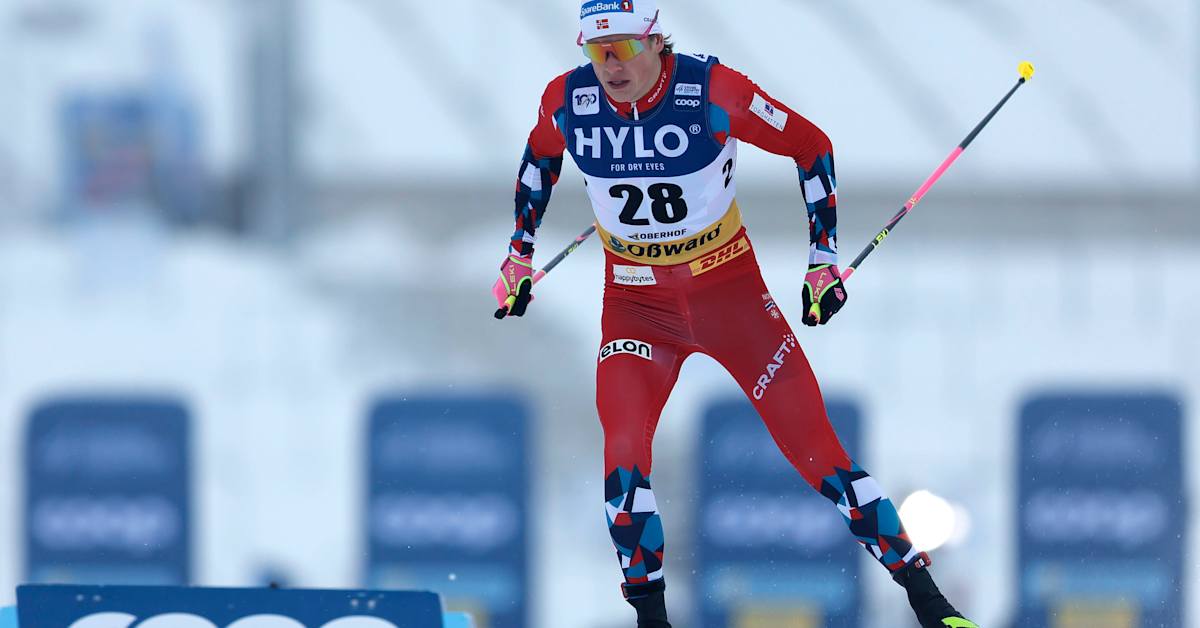
Johannes Kläbo Discusses Recent Struggles and the Challenges of Aging
August 16, 2024 / Yle